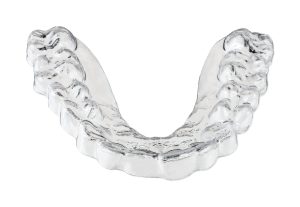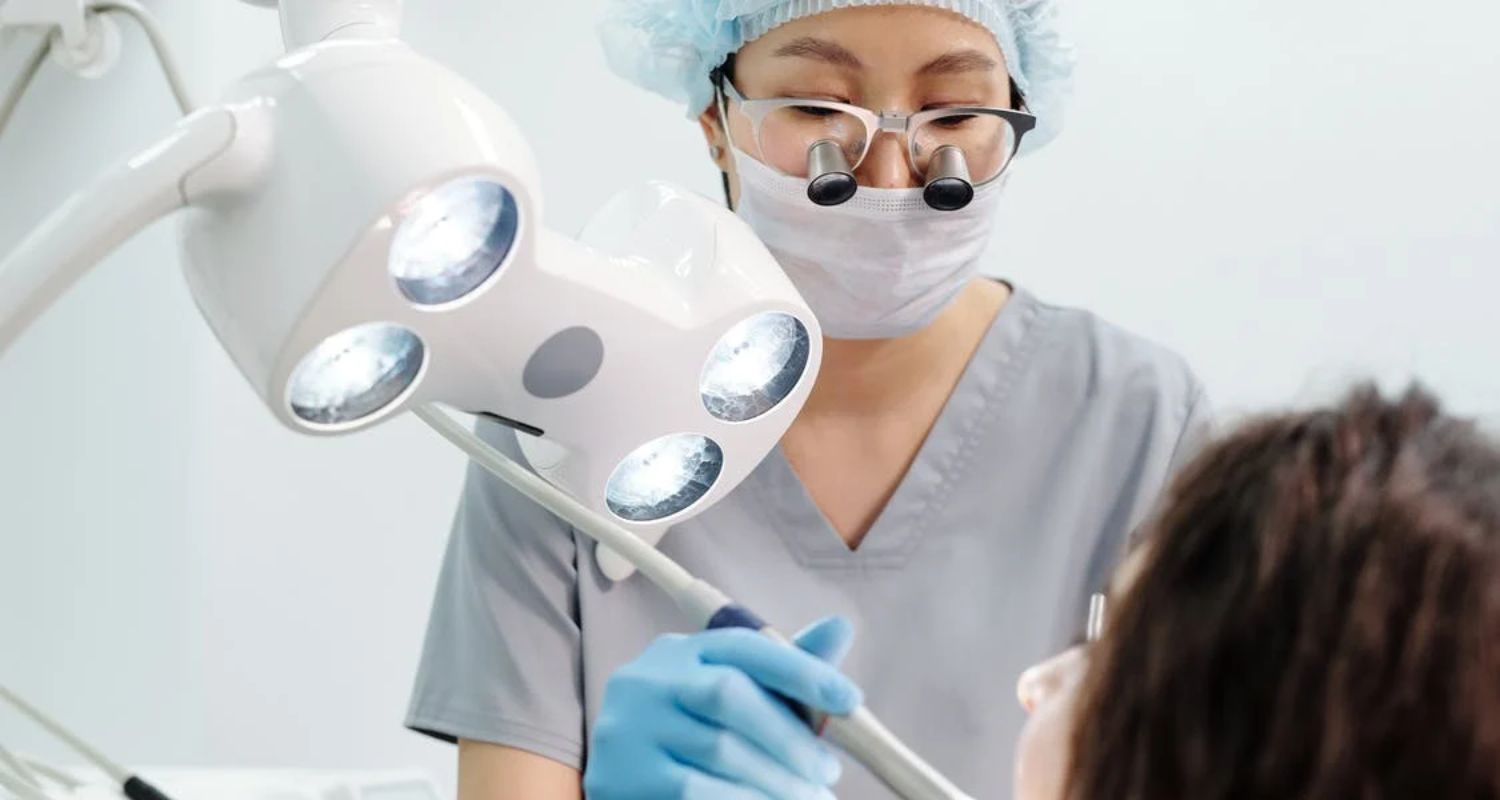Orthodontics
Orthodontics is a branch of dentistry specializing in diagnosing, preventing, and treating jaw, face and bite irregularities (malocclusions*). Orthodontic treatment is provided by an oral health care provider known as an orthodontist, who has completed two to three years of additional training beyond dental school.
Recent years have brought about many changes within the dental industry, specifically with regards to orthodontic treatment and care. Now more than ever patients are experiencing fewer incidences of cavities and missing teeth due to the heightened awareness of fluoride use and preventative dentistry. This increasing awareness on the health and look of a patient’s smile has fueled the desire for many to seek out orthodontia not only as a medical necessity but also for cosmetic reasons.
Whether it’s traditional braces or custom-made removable appliances, orthodontics can help you have the healthy, straight, beautiful smile you’ve been waiting for!
Give us a call today and schedule your orthodontic consultation!
*Malocclusion is the technical term for teeth that don’t fit together correctly. Malocclusions not only affect the teeth, but also the appearance of the face. Most malocclusions are inherited; however some are due to acquired habits such as thumb sucking and tongue thrusting. The spacing left from an adult tooth being extracted or an early loss of a baby tooth can also contribute to a malocclusion.

Perhaps Invisalign is worth the money.
Invisalign®
Invisalign® treatment consists of a series of custom-made aligning trays. The dentist changes the trays every several weeks to fit the new tooth configuration. In addition to the reduced visual impact, Invisalign® aligning trays can be temporarily removed for important occasions – meaning that treatment duration is patient-controlled. A great number of people report complete satisfaction with both the Invisalign® treatment and the stunning results.
What advantages does Invisalign® offer over traditional braces and veneers?
Invisalign® differs from traditional braces in that the aligning trays are fully removable. This means that more discipline and commitment are required from the patient. However, this is not usually a problem since the trays are comfortable and nearly invisible. Using either treatment can yield almost identical results. More.
Invisalign® is preferable to veneers in many cases because, unlike veneers, Invisalign® straightens the teeth. Veneers are thin covers that the dentist permanently affix to the teeth. Teeth must be etched beforehand, meaning that to remove dental veneers, an alternative covering must be constructed. In addition to being somewhat expensive, veneers can break and often last for less than 20 years.
What does Invisalign® treatment involve?
First, the dentist needs to devise an initial treatment plan before creating the special aligning trays. Then, three-dimensional digital images of the entire jaw are taken. These images allow the dentist to move specific teeth on the screen, view the jaw from different angles, and foresee what the face might look like in years to come. In essence, this technology can show how Invisalign® trays will change facial aesthetics.
Once planning is complete, a unique set of aligners is made. The total amount of aligners required varies with each case, but 20-29 sets per arch is typical.
Want to know more about Invisalign? Click here.
